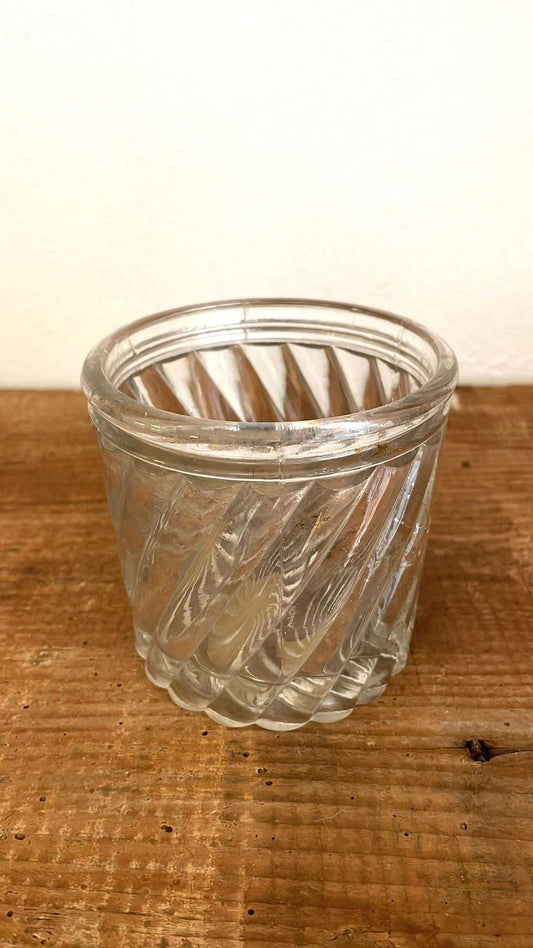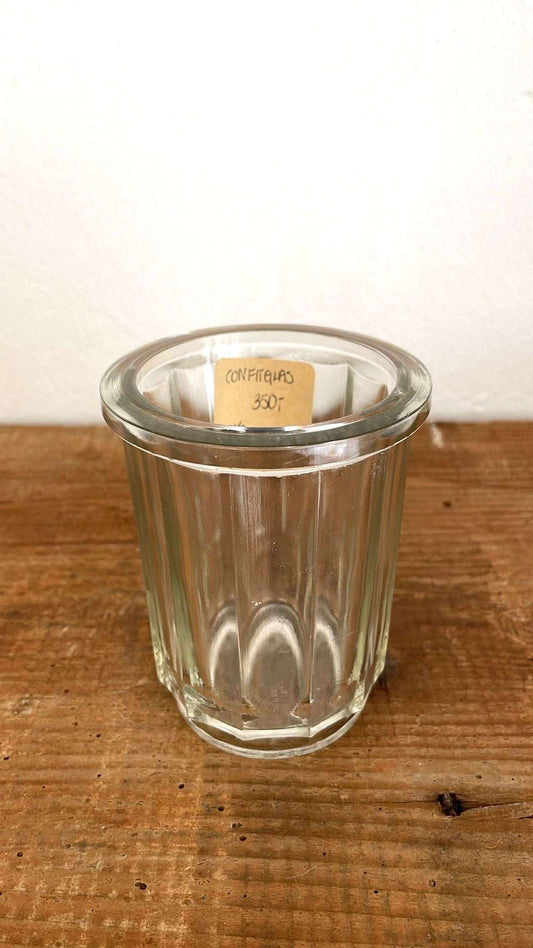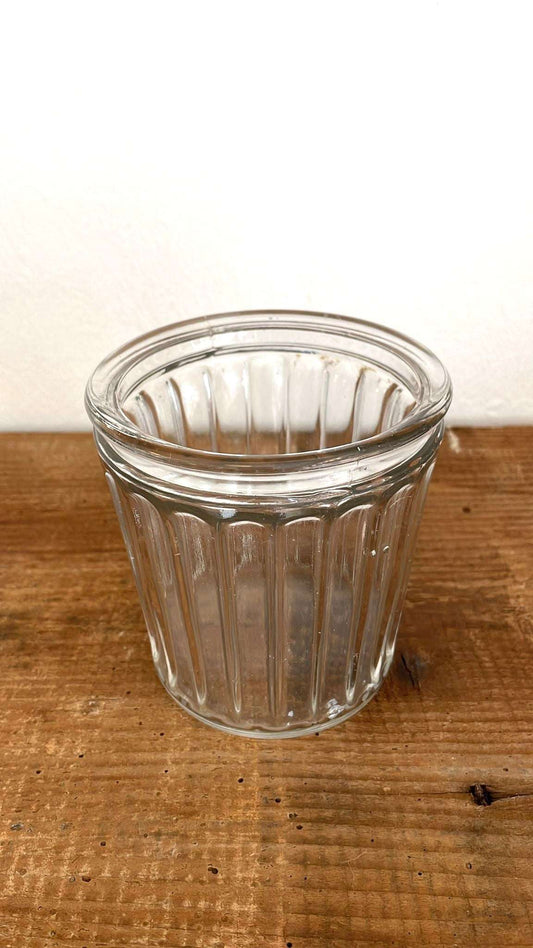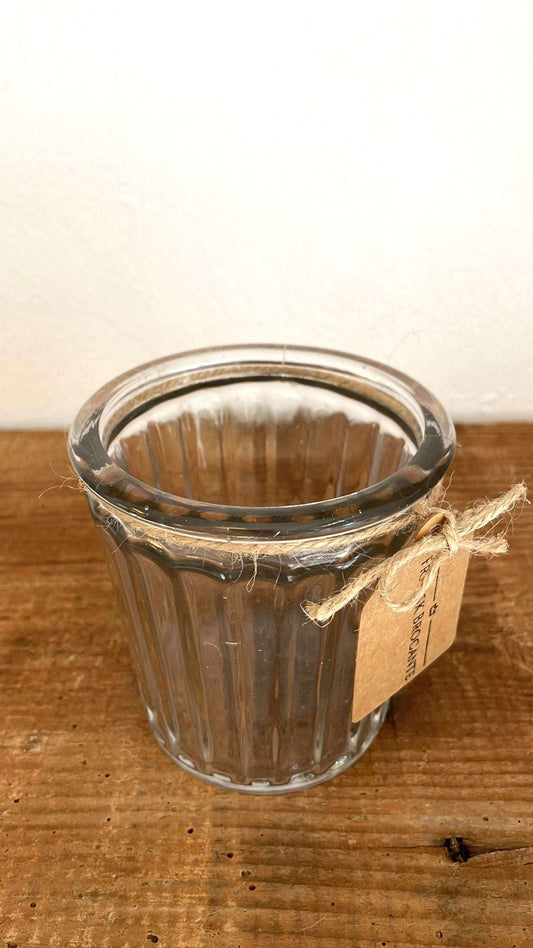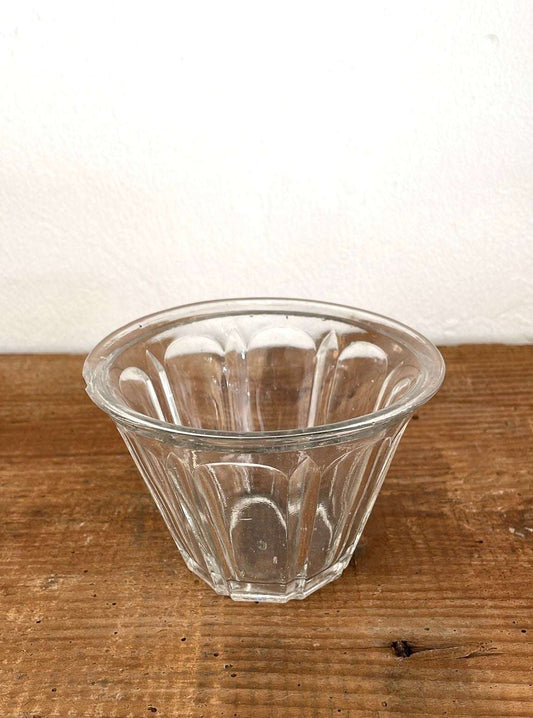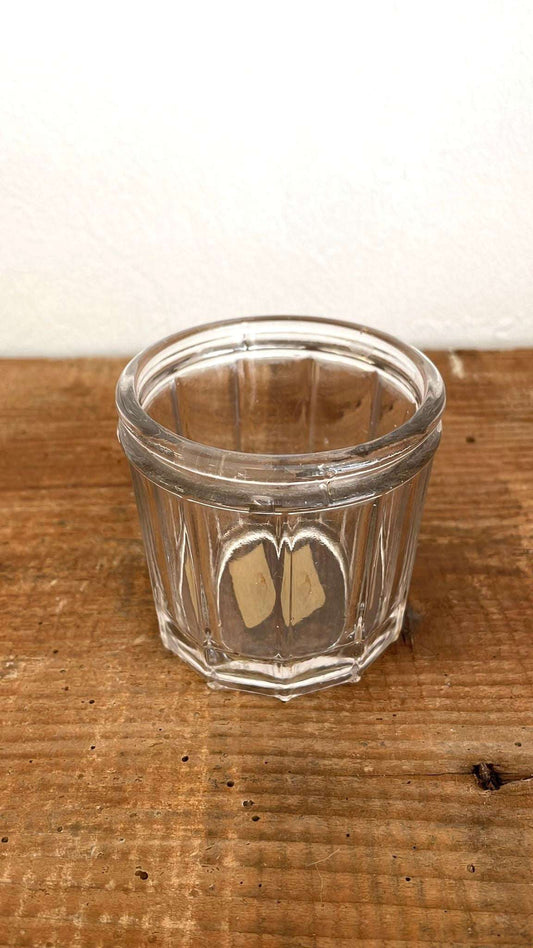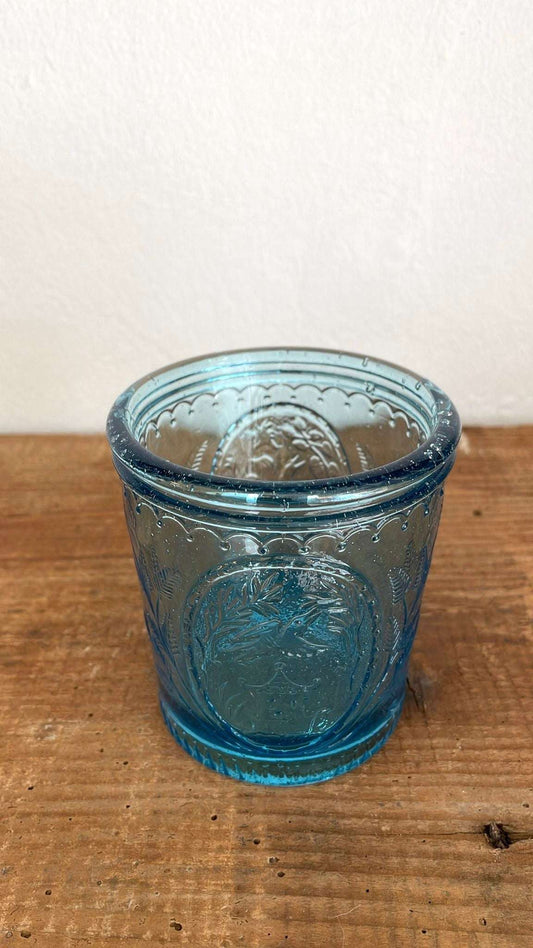-
Confit pots
Normal price 250,00 DKKNormal priceUnit price per. -
Confit pots
Normal price 250,00 DKKNormal priceUnit price per. -
Confit pots
Normal price 350,00 DKKNormal priceUnit price per. -
Confit pots
Normal price 350,00 DKKNormal priceUnit price per. -
Confit pots
Normal price 400,00 DKKNormal priceUnit price per. -
Confit pots
Normal price 350,00 DKKNormal priceUnit price per. -
Confit pots
Normal price 350,00 DKKNormal priceUnit price per. -
Confit pots
Normal price 450,00 DKKNormal priceUnit price per. -
Confit pots
Normal price 350,00 DKKNormal priceUnit price per. -
Confit pots
Normal price 350,00 DKKNormal priceUnit price per. -
Confit pots
Normal price 200,00 DKKNormal priceUnit price per. -
Confit pots
Normal price 200,00 DKKNormal priceUnit price per. -
Confit pots
Normal price 600,00 DKKNormal priceUnit price per.
WHY CHOOSE FRENCH PRODUCTS?
-
AUTHENTICITY
Old French products have soul and history.
A rich cultural heritage means that each product carries a proud tradition, which adds depth and authenticity.
These are things created to be used, loved, and preserved through generations.
-
QUALITY & DESIGN
French quality is meticulous craftsmanship that is about more than just function – it is about tradition, details and timeless design.
Each product is created with a focus on durability, carefully selected materials and the characteristic French expression.
-
ATMOSPHERE
French products not only create functionality, but also a very special atmosphere at the table, in the bistro and in the home. They invite to cosiness, elegance and presence, where every detail contributes to an inviting atmosphere.
French confit jars - authentic charm and history for your home
The old French confit jars are little treasures from everyday life in France. Originally, they were used to store jams, marmalades and other preserved specialties - hence the name jam jar. Today they stand as vintage finds that combine functionality with a beautiful, authentic look.
Each glass is unique in both shape and patination. Some have soft, curved sides, others a more cylindrical shape, and the colors range from clear glass to beautiful greens and pale blues. Many of the glasses bear visible traces of their age: small air bubbles in the glass, slight imperfections and wear that only emphasize their charm and history.
Most confit jars date back to the first half of the 20th century and today they are sought after as decorative elements in homes with a sense of French country style. They can be used as vases, candle jars, small storage jars or simply as atmospheric details in the kitchen, living room or terrace.
A confit glass is not just a utility item - it's a little piece of French heritage that brings both soul and atmosphere into the interior.
FAQ - Frequently asked questions
What is a confit jar?
A confit jar is an old French jar, originally made for storing jams, marmalade or other preserved foods.
How old are confit jars?
Most of the jars we sell date from the early to mid 1900s - some even earlier. There are also newer confit jars that, among other things, have a rim so that the lid can be screwed on.
Can I use confit jars for food storage today?
Yes, but as they are old, they are mainly recommended for decorative use or for dry goods, especially because the old confit jars do not come with lids. Originally, they were covered with a cloth and tied with string.
Many people nowadays choose to use them as vases, candle holders or for small plants.
Why do colors vary?
The color of the glass - clear, green or bluish - depends on both age and the region where it was made. Small bubbles and irregularities in the glass are perfectly normal and give each glass its own character.
Are all confit glasses unique?
Yes, no two glasses are exactly the same. Each one bears its own traces of time, patina and use, making them unique little pieces of French history.





